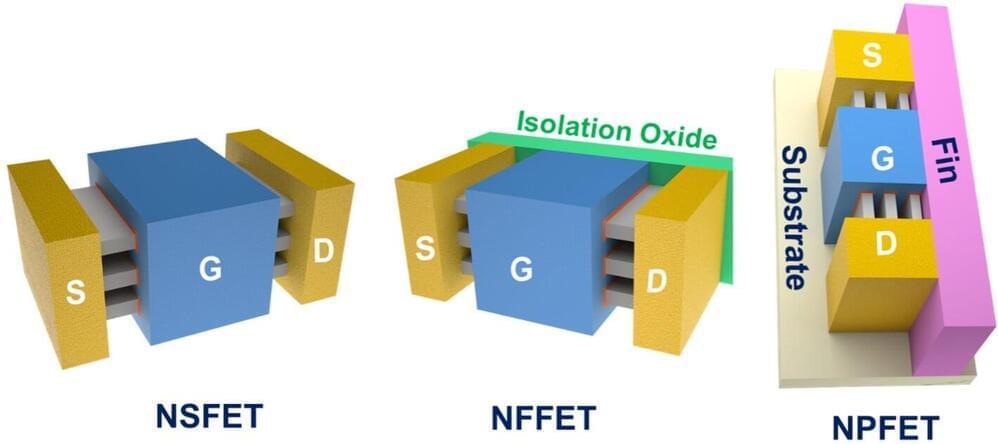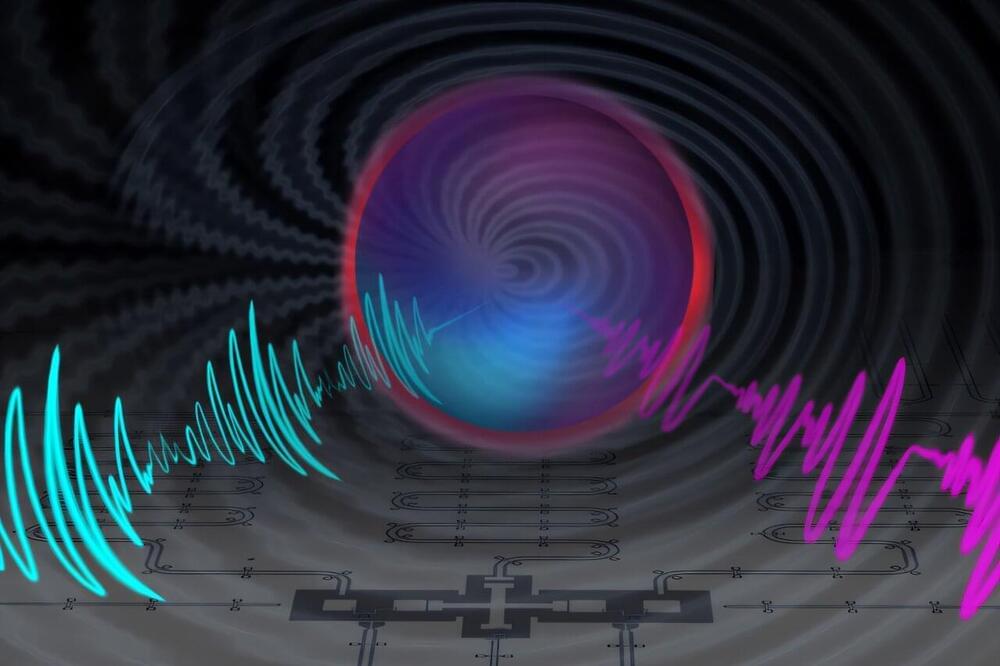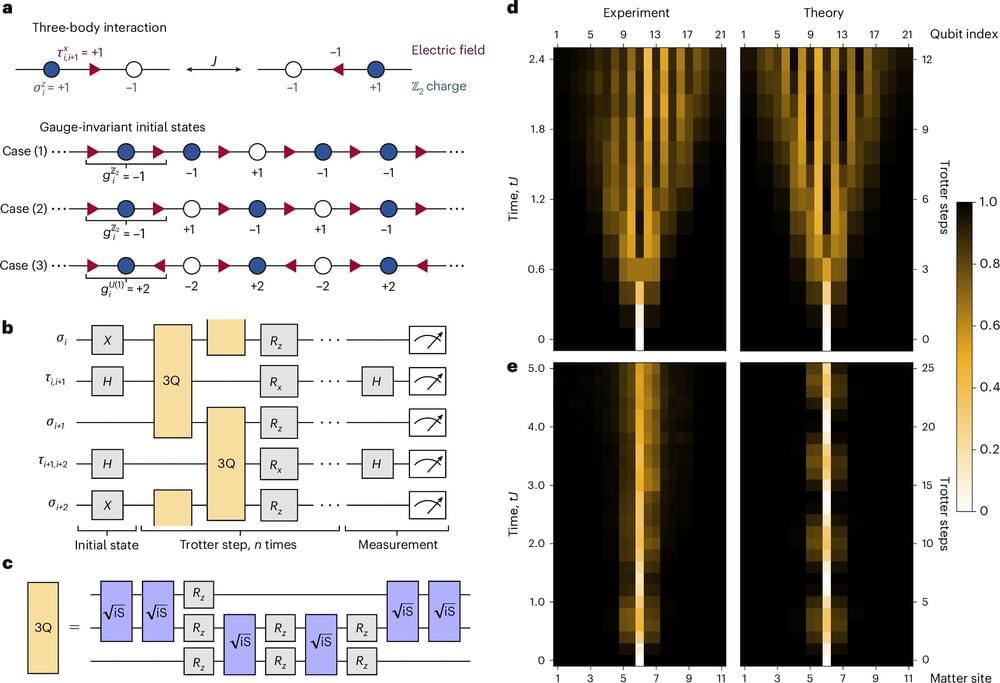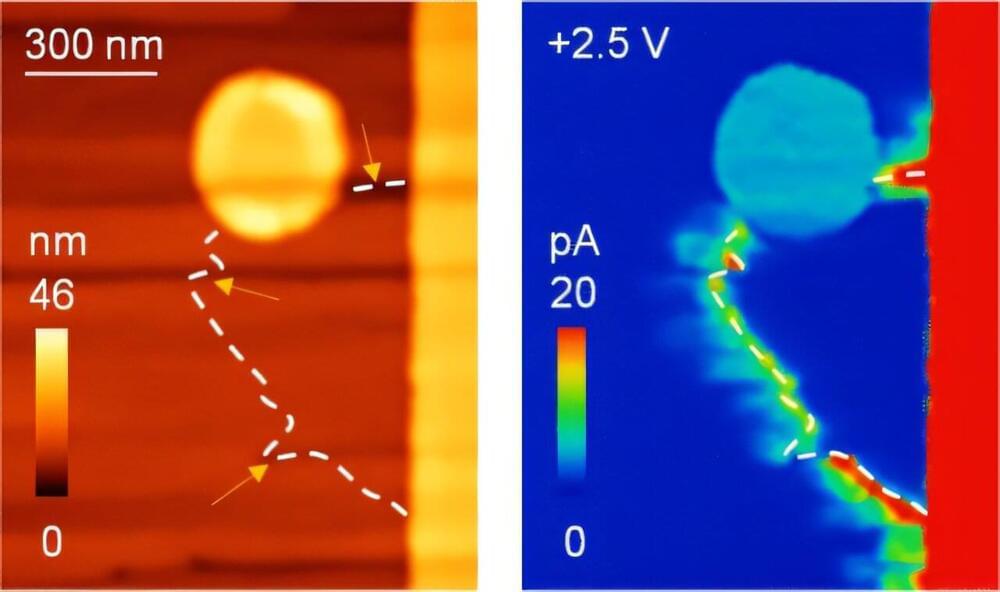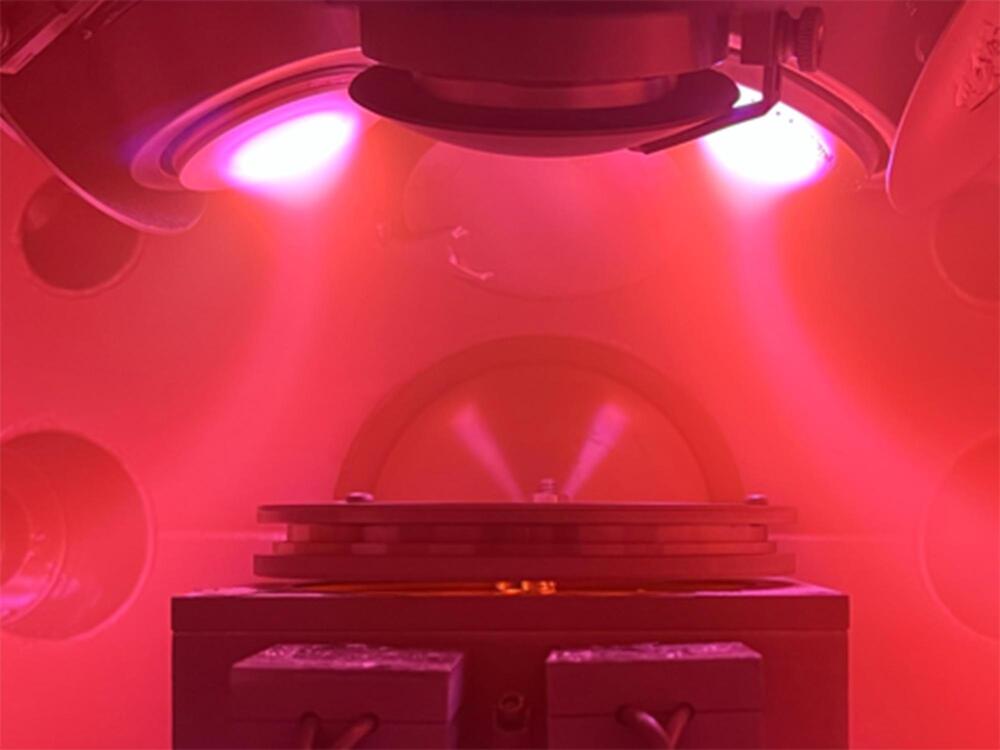Watch Firefly Aerospace’s Blue Ghost lunar lander lift off from NASA’s Kennedy Space Center in Florida on a SpaceX Falcon 9 rocket. SpaceX and Firefly Aerospace are targeting 1:11 a.m. EST (0611 UTC) Wednesday, Jan. 15, 2025, for launch. The lander will carry 10 NASA science investigations to the Moon’s surface.
Following launch, the lander will spend approximately 45 days in transit to the Moon before landing on the lunar surface in early March 2025. The 10 NASA payloads aboard the lander aim to test and demonstrate lunar subsurface drilling technology, regolith sample collection capabilities, global navigation satellite system abilities, radiation tolerant computing, and lunar dust mitigation methods.
The results of these investigations could help further our understanding of the Moon’s environment and help prepare for future human missions to the lunar surface as part of the agency’s Moon to Mars exploration approach.
For more information about our Commercial Lunar Payload Services initiative, visit: https://www.nasa.gov/commercial-lunar…
Credit: NASA
#NASA #Moon #Artemis
